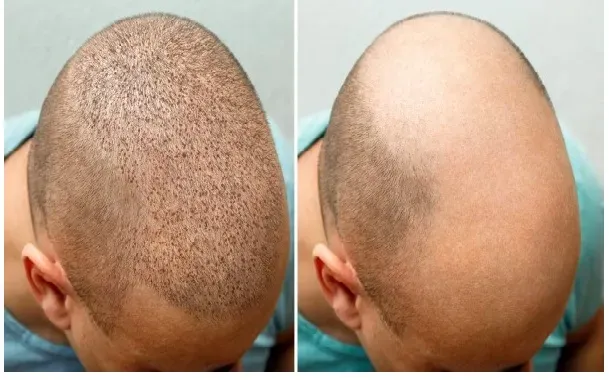The Evolution of Hair Transplantation
In the last few decades, hair transplant procedures have undergone remarkable advancements, yielding results that surpass previous achievements. The journey began with Dr. Okuda in Japan, who initially explored hair transplantation for reconstructing eyebrows after traumatic loss, predating World War II. Unfortunately, the war interrupted these pioneering efforts, stalling progress for two decades.

The resurgence occurred in 1959 when Dr. Norman Orentreich introduced a groundbreaking surgical approach, laying the foundation for modern hair transplant surgery. During this era, medical professionals began experimenting with relocating balding-resistant hair follicles from the fringe and sides of the head to the balding regions. The pivotal question was whether the resilience to balding lay in the follicles' location or their intrinsic properties—a phenomenon later termed "Donor Dominance."
The conclusive answer emerged: the vitality of hair resided in the follicles themselves, not their placement on the scalp. This revelation marked the dawn of hair transplant surgery. The initial attempts, however, were imperfect. The 1960s and 1970s saw procedures involving the grafting of 15-25 hairs in a round plug pattern. These conspicuous and unnatural plugs, though permanent, were far from aesthetically pleasing.
The 1980s witnessed progress with mini-grafts, comprising 5-8 hairs each. Although an improvement over the earlier method, mini-grafts still resembled plugs, albeit smaller. This practice endures in some surgical approaches today.
As time progressed, graft sizes diminished. The standard now involves grafts of 1-8 hairs, with up to 800 grafts achievable in a single session. However, despite these strides, achieving a completely natural appearance remained elusive.
A contemporary technique gaining traction is follicle-unit micro-grafting. This method involves creating grafts comprising 1-4 hairs, mirroring the natural composition of healthy hair. Surgeons strategically insert thousands of these follicular units to create a hairline and overall look that closely mimics nature.
The Art of Styling Post-Hair Transplant: A Comprehensive Guide
Today, hair transplant surgery has evolved to a point where results are virtually indistinguishable to the casual observer. From its experimental roots, spanning several decades, it has transformed into a frequently employed and highly successful procedure. The journey from conspicuous plugs to nearly imperceptible outcomes reflects the remarkable progress in the field of hair transplantation.
